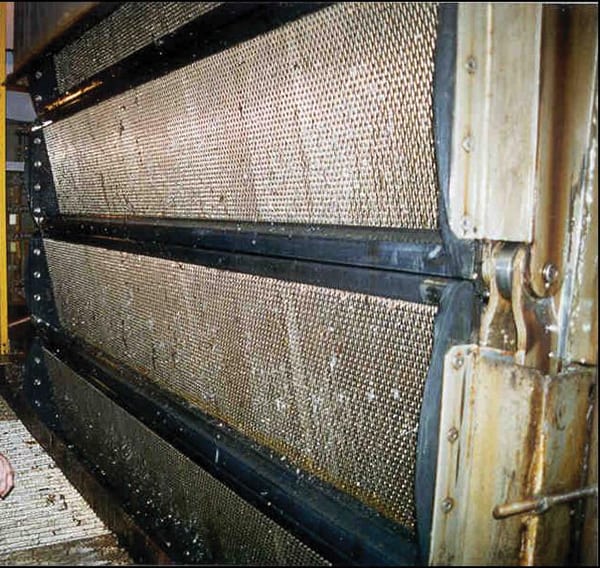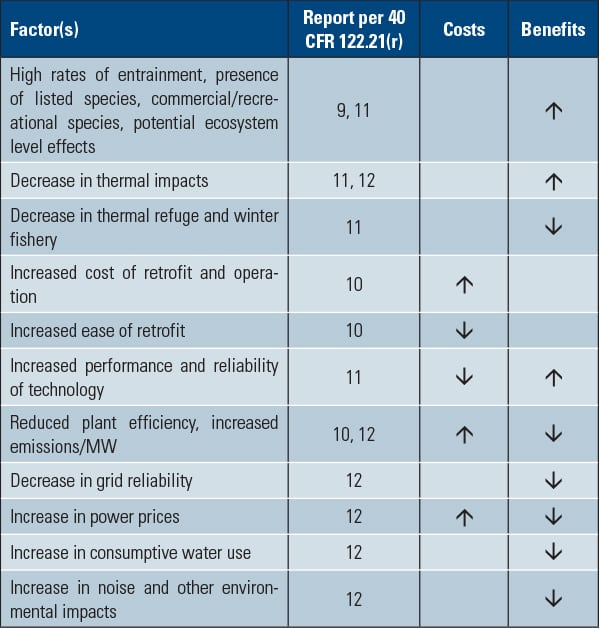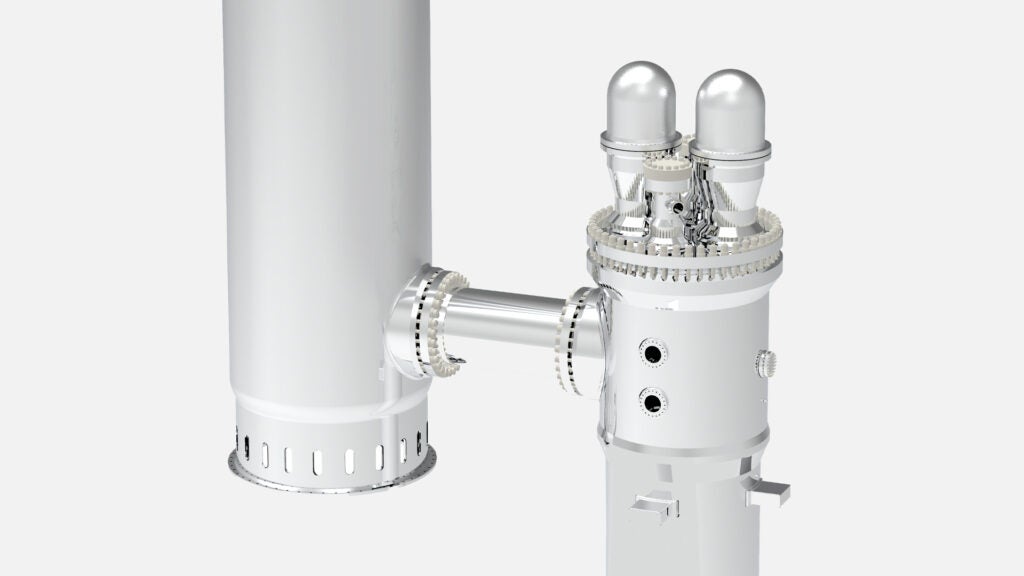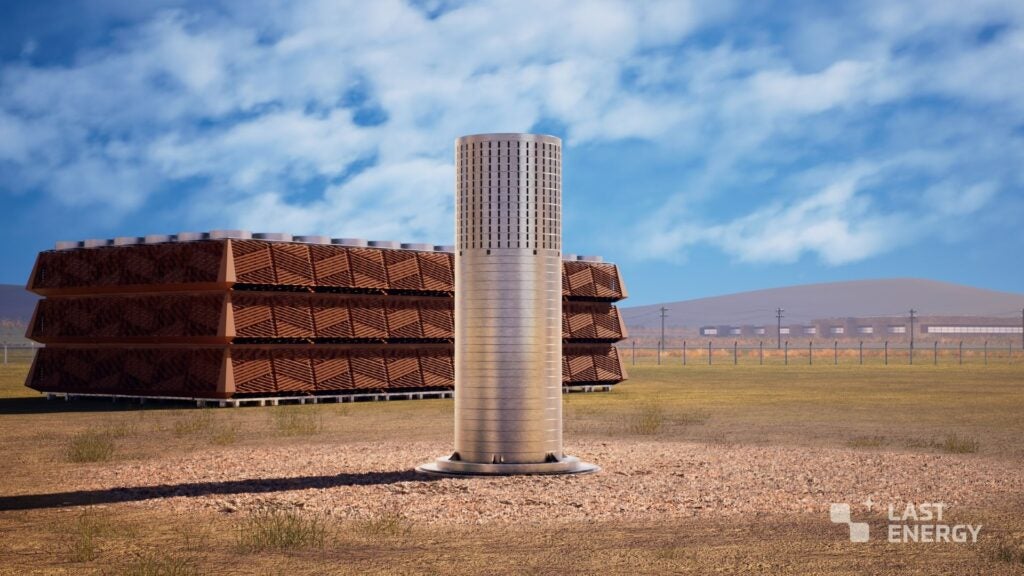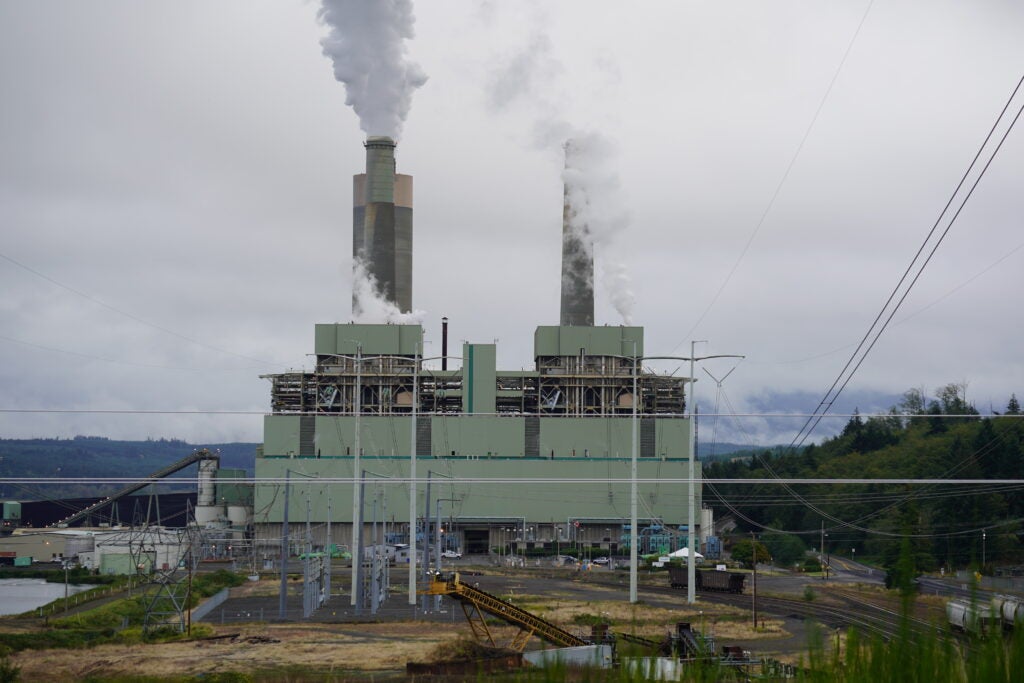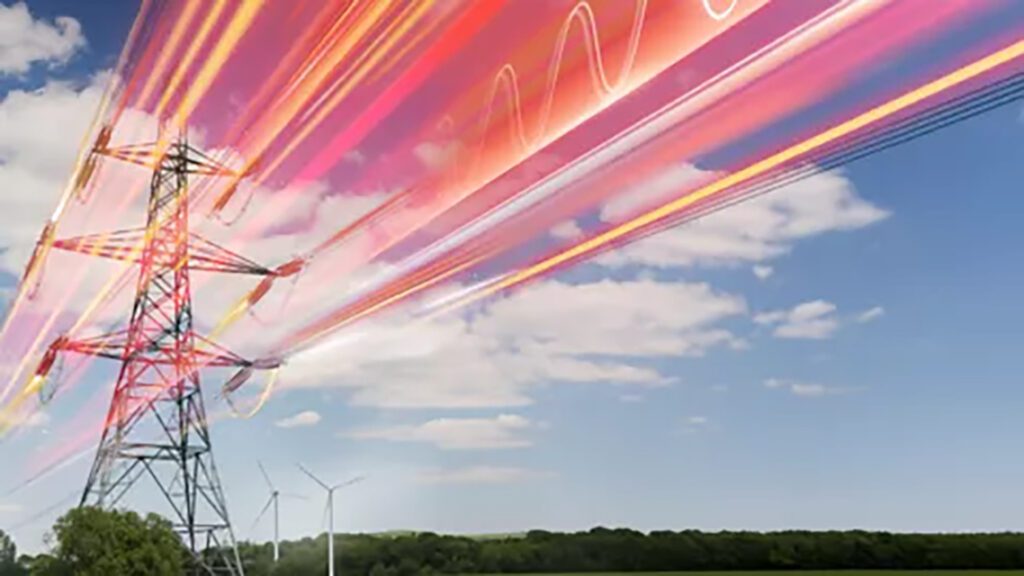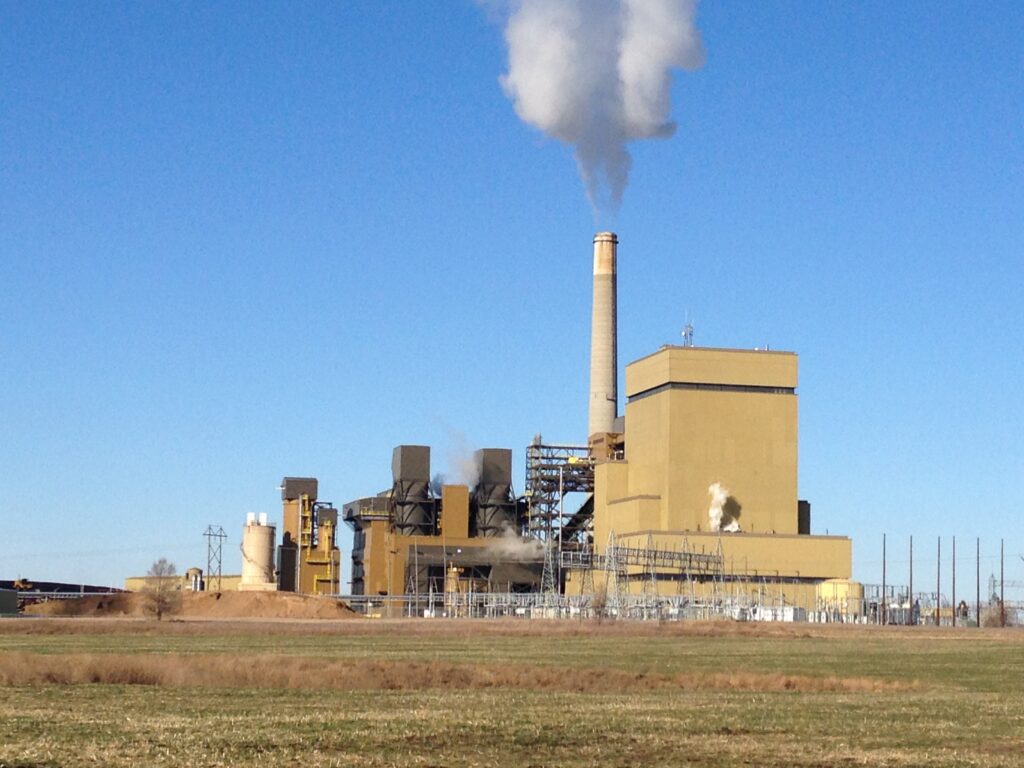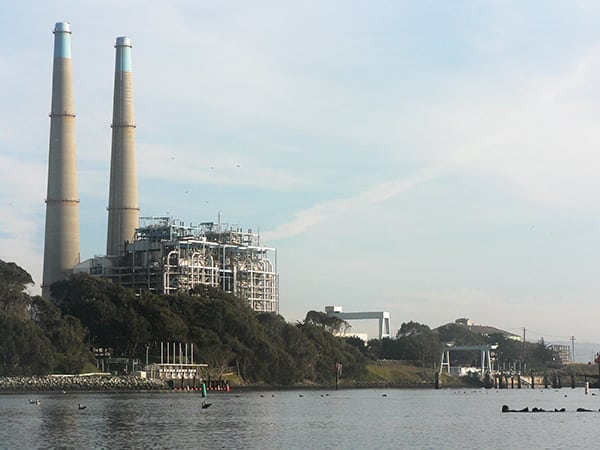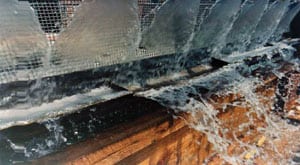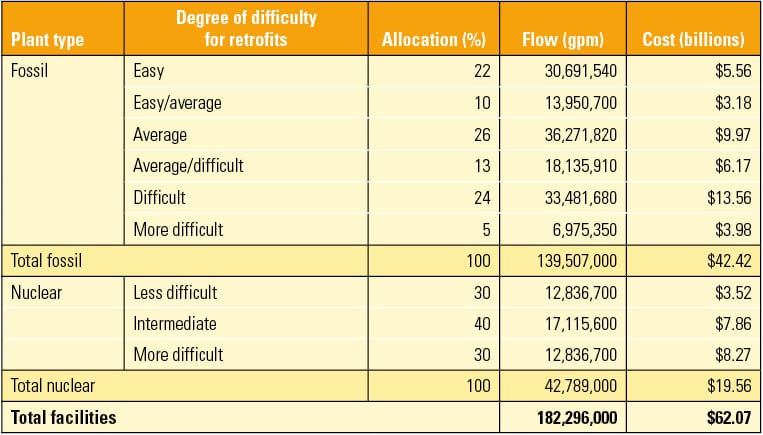The long-awaited “cooling water” rule for existing power plants is also one of the most complicated when it comes to determining a cost-effective compliance approach. Though the promised flexibility of the final rule is welcome, it also means that generating units subject to the rule have many factors to balance before making a technology choice.
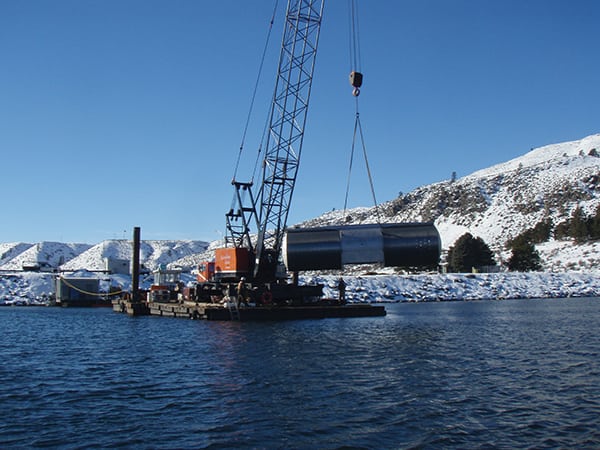
On May 16, 2014, the Environmental Protection Agency (EPA) is scheduled to release its long-delayed final 316(b) rule for existing facilities. The rule—which was supposed to have been issued Apr. 17 after the previous extension and which now is expected while this issue is at the printer—affects several hundred facilities that employ cooling water drawn from “Waters of the United States” at design rates of 2 million gallons per day (mgd) and greater. Affected facilities are facing the need to document circumstances at their facilities, and many will need to evaluate alternatives to their cooling system, develop a compliance approach, and potentially install costly retrofits.
The EPA has struggled for many years to develop a rule that is workable and survives legal challenge; in fact, the final rule will address a portion of the Clean Water Act (CWA) written more than 40 years ago. Earlier attempts at rulemaking have been the subject of review by several federal courts, and the rulemaking process has been under federal court oversight resulting from a 1993 lawsuit. While several factors have contributed to the EPA’s delays, the statutory language itself has created challenges for the rulemaking as well as in the definition of best technology available (BTA).
The statutory language is brief and deceptively simple: “§316(b). Any standard established pursuant to section 301 or section 306 of this Act and applicable to a point source shall require that the location, design, construction, and capacity of cooling water intake structures reflect the best technology available for minimizing adverse environmental impact.”
Although the statute does not define “adverse environmental impact,” in the early years of implementation, ecosystem-level impacts were commonly assessed. In the past 20 years, the EPA has gravitated toward defining adverse environmental impact as mortality due to impingement (trapping of aquatic organisms on the cooling water intake structure [CWIS]) and entrainment (passage of aquatic organisms through the CWIS and the downstream cooling system). It is common for the EPA to consider rates of impingement and entrainment (such as organisms/time or organisms/volume) and to target reductions in impingement mortality (IM) and entrainment mortality (EM) rates “commensurate with closed-cycle cooling.” Use of closed-cycle cooling and reduced intake velocity are essentially required for new facilities under the Phase I rule promulgated in 2001.
Whether IM and EM rates result in adverse environmental impact is less material to the EPA’s approach than demonstrating reduced rates, similar to reduced effluent concentrations. Such a reliance on rates and their reduction stems in part from the statute’s reference to the parts of the CWA that call for the development of technology-based and water quality–based effluent limits (sections 301 and 306, respectively) as models for the BTA assessment. Those sections of the CWA deal with means of effluent treatment and protection of water quality for chemical and physical qualities of water.
Importantly, these qualities are subject to chemical, physical, and biological treatment processes that are generally transferable from one facility to another. In contrast, the interaction of aquatic organisms with the CWIS is highly site-specific, and assessment of potential adverse environmental impacts as well as alternative control measures can be poorly transferable among facilities. In its final rule, the EPA is expected to acknowledge the importance of site-specific factors in its approach to BTA for both IM and EM. As we describe in this article, proper consideration of site-specific factors will be key to achieving cost-effective compliance with the final 316(b) rule.
Though it may seem premature to make recommendations prior to a final rule, based on the proposed rule, comments made by the EPA publicly and privately, and the general tone and approach taken by the EPA in this particular rulemaking, we believe that the issues addressed here are sure to be central to compliance with the final rule. Given the complexity of the compliance schedule and process, the need for planning and potentially assembling a multi-disciplinary team, and the implications that chosen compliance methods may have on overall unit operation, we believe it is important for generating companies to understand the process and consequences of various approaches as soon as possible.
Important Site-Specific Factors
When considering rates of IM and EM, potential adverse environmental impact, and alternatives for BTA, virtually every aspect of the assessment can differ dramatically from facility to facility. Some illustrations of the variable factors are grouped here into three broad categories:
- The nature of impingement and entrainment. Rates of impingement and entrainment may vary from facility to facility by several orders of magnitude. The value of commercially and recreationally important species as well as threatened or endangered species is also highly variable from facility to facility. The degree to which a given species will be a “species of concern” often depends upon the resource agency. For example, some agencies are very troubled by the loss of invasive species that now serve as forage base, while other agencies believe that the losses of such invasive species can be discounted. Additionally, the potential for losses at the CWIS to actually result in adverse environmental impact at the ecosystem level differs among facilities.
- Potential effectiveness of, and constraints on, BTA alternatives. Site-related factors can make a single technology effective at one site and essentially infeasible at another. Such factors include weather, debris loading, temporal variation of the source water level, the presence of an intake canal and the availability of additional shoreline, spatial constraints on construction at the facility, nearby land uses, and nature of the generating facility itself. To provide examples concerning the last two factors: Operation of evaporative cooling towers in the proximity of an airport or highway may present safety issues related to fog formation and runway/roadway icing, and a facility’s existing condensers may not withstand increased back-pressure associated with closed-cycle cooling.
- The economics of the BTA alternatives, including costs to the facility and attending social costs. The factors that affect technology effectiveness and feasibility often also affect the technology’s costs. For example, a longer fish return will be more costly and is also likely to result in less survival of the returned organisms, particularly in extreme weather. Beyond these relatively direct effects, the economic environment, the price of fuel, the status of the electrical grid, and the other site-specific factors also have the potential to drive facility and social costs of retrofits. Evaluation of BTA at a facility should consider—and, in many cases, quantify—these complex costs as a part of a site-specific assessment.
As discussed below, though the final rule is expected to approach BTA for IM and EM in very different ways, proper accounting of the numerous site-specific factors must be considered in assessing the BTA options for both. In addition, effective communication to facility staff, company management, and the National Pollutant Discharge Elimination System (NPDES) permitting agency (hereafter NPDES Director) of how these factors favor or disfavor different BTA options should be clearly stated in the reports called for by the final rule.
BTA Approach for Impingement Mortality
In the final rule’s approach to BTA for IM, the EPA is widely expected to offer streamlined approaches that equate specific technology attributes (such as closed-cycle cooling, low through-screen velocity, existing offshore velocity caps, and “fish-friendly” screens and fish returns) to substantial reductions in IM and designation as BTA (Figure 1). Though this resembles a “one size fits all” approach, the availability of different approaches as well as a de-emphasis on monitoring to demonstrate compliance should make for a workable approach to BTA for IM.
The EPA is also expected to delay the need to assess and retrofit for IM BTA until after a determination of EM BTA, thus avoiding the potential for “double jeopardy” in the form of having to re-retrofit based on an EM assessment that follows an IM retrofit. (See sidebar “Schedule to Avoid Double Jeopardy?” for the implications of a possible alternative sequence.)
| Schedule to Avoid Double Jeopardy?The schedule of activities in the final rule is a major interest to the regulated community. Although the timing of various required studies and reports is important, the coordination of the best technology available (BTA) determination for impingement mortality (IM) and entrainment mortality (EM) is of great concern.Under the 2011 proposed rule, retrofits to address BTA for IM would have been required within eight years. The BTA assessment for EM was understood to follow the IM-related assessment. Of course, this put the facility at risk of installing one technology to address IM and then potentially having to change that technology to address EM.
We understand that the EPA has considered the industry’s comments and that the final rule will postpone the retrofit to address IM until the BTA for EM has been determined. A second sidebar discusses another schedule-related issue: the timing and purpose of IM and EM monitoring. |
The final rule also will likely offer the potential to demonstrate that some combination of existing and newly installed technologies and operational measures reduces IM to a “level commensurate with closed-cycle cooling.” The level anticipated is an approximately 75% reduction in IM relative to an unmitigated CWIS. The applicant must demonstrate this level of reduction to the satisfaction of the NPDES Director, likely through some combination of literature-based assessment and monitoring in the field.
The expected final rule also allows the NPDES Director to find that a CWIS is BTA when it impinges a de minimis quantity of fish per year, potentially defined as equal to or less than 1,000 fish per year. Although this would be an attractive alternative for the small number of facilities that qualify, the benefit should be weighed against the cost and risk of any ongoing monitoring required.
As we consider the IM BTA options, it is useful to consider several questions relative to the facility and its CWIS:
- Does the CWIS already match any of the technologies that confer BTA? Unfortunately for most of the facilities covered by the now suspended 316(b) Phase II rule, the answer to this question is likely to be “no.”
- Does the existing CWIS contribute meaningfully to the reduction of impingement mortality in ways that are not defined by the BTA technologies? For example, does it draw water from an area with low fish densities relative to other nearby locations? If it does, can that reduction be reliably and cost-effectively quantified as part of the combination approach? What additional measures might be instituted to reach the percentage reduction specified in the final rule or de minimis thresholds?
- What are the approximate site-specific costs and constraints on the impingement BTA technologies? Are some technologies precluded by cost of installation and operation (such as retrofit to closed-cycle cooling) or by other issues (including lack of access to shoreline property necessary to expand the CWIS and reduce through-screen velocity)?
- When necessary, how will optimization and/or compliance monitoring affect the cost of the measure as well as the risk to compliance? For example, the proposed 316(b) rule of 2011 called for ongoing demonstration that post-impingement survival for Ristroph-type screens was, on average, higher than 88% for species of concern. Given variations in survival rates, such a standard presented unacceptable risks to compliance. Though the final rule’s anticipated reliance on optimization of post-impingement survival is less risky, it would lead to additional costs and should be managed with the agency so that minimum survival rates are not required.
- Do the IM BTA approaches contribute substantially to reductions in EM? We believe that facilities employing closed-cycle cooling should be considered compliant with the EM BTA even in the rare cases when actual intake flows exceed 125 mgd. Other measures that contribute to reduced IM may also meaningfully reduce the rates of EM. These include use of wedgewire screens (such as the one shown in the photo at the top of this article) with reduced through-slot velocity that have been shown to also reduce entrainment rates, as well as placement of intakes in habitat that have reduced populations of both impingeable and entrainable organisms.
- In short, what approach or combination of approaches confers reliable compliance at the lowest cost and lowest risk? In many cases, there will be a clear winner when all factors point to a single BTA approach. In others, the best approach may require compromising one factor, for example, cost of installation and operation, in favor of another, such as regulatory certainty. We should expect that such factors may be difficult to compare quantitatively (for example, capital cost vs. certainty of compliance) and that, in some cases, risk analysis may be warranted.
These questions must be first addressed within the internal project team in order to define the compliance strategy and the best approach to BTA for IM. The answers should also be soundly and convincingly presented to the regulatory agencies using the reports and analyses called for by the final rule and in full consideration of the conditions present at a site.
BTA Approach for Entrainment Mortality
All indications are that the final rule’s approach to considering BTA for EM will be appropriately dominated by site-specific factors. For facilities explicitly captured by the EM standards in the final national rule—expected to be those with an actual intake flow of 125 mgd or greater—four reports will be required to help the NPDES Director assess BTA at an affected facility:
- The reports called for under 40 Code of Federal Regulations (CFR)122.21(r)(9)—or report (r)(9)—will define a program for documenting the rates of EM of fish and shellfish, including listed species, and then implement that program to document the rates.
- The (r)(10) report will present the technical feasibility and costs (both facility-level and social) of technologies that could reduce EM, including retrofit to closed-cycle cooling.
- The Benefits Valuation Study—or (r)(11) report—evaluates the monetized and nonmonetized benefits of EM reductions associated with different mitigation measures.
- The (r)(12) report—or Non-water Quality and Other Environmental Impacts Study—must present a site-specific discussion of other effects of EM mitigation measures such as potential increased air emissions and water consumption.
We note that the NPDES Director will retain the authority to regulate EM at existing facilities with actual intake flows of less than 125 mgd under a Best Professional Judgment standard but that the standards are not to be explicitly defined beyond the generic statutory language for Section 316(b) provided previously.
Each of the reports (r)(9) through (12) is expected to be subject to peer review under a process that is managed by the applicant but overseen by the agency. After reviewing these reports, the NPDES Director must consider the factors defined in 40 CFR 125.98(e) in reaching a decision about what constitutes BTA for EM at a facility.
We believe that these four reports and the decision criteria available to the NPDES Director should be viewed as an integrated effort. Not only do the data from one report often contribute to the analyses of the other efforts, but the reports could overlap in parts of their scope, making coordination necessary to avoid duplication and ensure consistency.
The best example of the overlap is that reports (r) (10, 11, and 12) all deal in some way with facility and social costs (or negative benefits) and benefits (or negative costs). The interrelationship is illustrated in Table 1, which summarizes the factors in the various reports that affect costs and benefits of a facility retrofit.
Just as the issues affecting impingement mortality vary among facilities, the factors that affect the costs and benefits of EM controls will also differ dramatically. For example, the EPA has acknowledged that some sites are so highly constrained that installation of cooling towers is essentially infeasible, while other sites have more space available. Similarly, annualized rates of entrainment, and the potential for impacts to listed species, can vary by orders of magnitude between facilities.
Although we believe that, at the great majority of facilities, costs for a cooling tower retrofit will greatly outweigh the benefits (in fact, we believe such trends are apparent in the EPA’s own supporting documents for the proposed rule), demonstrating this to the NPDES Director will be relatively simple at some facilities and more difficult at others. Therefore, in planning and executing the analysis of EM BTA, we believe that it is constructive to consider—in a conceptual, weight-of-evidence fashion—the ratio of all potential costs relative to all potential benefits.
The variety of factors outlined in Table 1 should be assessed for the candidate technologies at a facility to identify those that are critical to driving the cost-to-benefit ratio as well as those that may require more extensive, or controversial, analysis. For some technologies, such as installation of fine mesh screen panels, the costs to the facility may be relatively low compared with retrofit to closed-cycle cooling. On the other hand, the benefits of such a retrofit at the screen, based on the actual rate of ichthyoplankton exclusion from the cooling system and their return alive to the source water, may also be low.
Of course, the most significant effort is likely to focus on putting the costs and benefits of a potential retrofit to closed-cycle cooling in proper perspective. The final rule’s widely anticipated call to include social costs provides the opportunity to go beyond the direct engineering, construction, and operation costs at the facility to consider secondary effects such as changes in the price of power to consumers, changes in employment associated with reduced facility dispatch, and loss of recreational resource value associated with reduced winter fishery.
In the end, a technically sound, integrated summary that is well calibrated to the issues and risks at a facility should be presented to the NPDES Director. Though the final rule may be construed to call for potentially complicated and costly analyses, we believe that at many facilities a more streamlined approach can be used to demonstrate the costs and benefits of EM reduction measures. Dialog with the agency early in the process will facilitate this outcome.
On the other hand, there are likely to be facilities where, due to the level of impacts or the stance of the agency, analysis of closed-cycle cooling retrofits may require considerable effort. In these cases, it will be important to understand the full range of potential analyses, how they relate to the site, and how best to present them to the agency.
Planning and Communicating Are Plant Responsibilities
Based on our experience with 316(b) and other regulatory programs, we want to emphasize that it is important to plan the 316(b) compliance process. The rule will be complex and have several specialized definitions and a long sequence of required steps (see sidebar “Schedule and Scope of IM and EM Monitoring”). Many of the steps are expected to be poorly defined, including in their relationship to other parts of the process. Development of a robust schedule of the steps required at each facility will be important.
| Schedule and Scope of IM and EM MonitoringWith the expectation that the final rule’s submittals will be coordinated with the National Pollutant Discharge Elimination System permit renewal, the timing and nature of impingement mortality (IM) and entrainment mortality (EM) monitoring may present schedule challenges.Monitoring might be performed for several reasons, including: understanding potential monetized benefits, design and optimization of newly installed technologies, estimation of the reductions in IM and EM from some baseline condition, and/or for compliance assessment.
The nature of programs to achieve these goals is likely to vary, particularly in timing relative to any retrofits. For rates associated with the existing cooling water intake structure, we believe that data collected during the Phase II effort will often be adequate. The 2011 proposed rule was confused relative to the timing and purpose of IM and EM monitoring. We hope that the final rule is clearer and more practical relative to the scope and timing of any monitoring. |
Fully understanding the rule, including proposed changes to 40 CFR and the preamble as well as the supporting documents, will be essential. Key definitions are expected to be incomplete and will require interpretation. Available options should be carefully considered.
The final rule invests the NPDES Director with considerable authority, particularly relative to EM. Although the criteria available to the NPDES Director for assessing entrainment BTA are defined at 40 CFR 125.98(e), there is considerable discretion available. Similarly, the peer review process for the EM assessment will bring third-party reviewers to the process. The National Marine Fisheries Service and U.S. Fish & Wildlife Service also may play a substantial role in planning of the studies, interpretation of the results, and recommending BTA. All of these circumstances argue that careful planning and regular communication with the agencies will be helpful both in minimizing the potential for a “re-do” of analyses and ensuring cost-effective compliance.
The final 316(b) rule has the ambitious goal of regulating the interaction between complex, dynamic biological systems and engineered facilities. To do this, it requires application of several disparate disciplines in the context of facilities that vary dramatically relative to a number of key factors. We believe that cost-effective compliance with the rule demands careful and creative planning to understand the risks and opportunities of the candidate approaches. ■
— Mark Gerath (mgerath@ectinc.com) and Steve Cibik (scibik@ectinc.com) are prinicipal scientists at ECT Inc. John Burnett (john.burnett@hdrinc.com) is CWA§316 practice leader at HDR.


